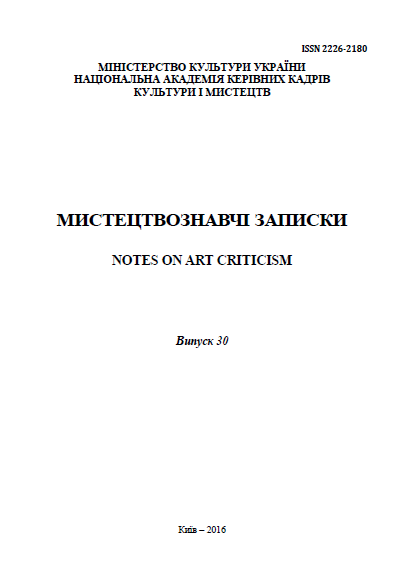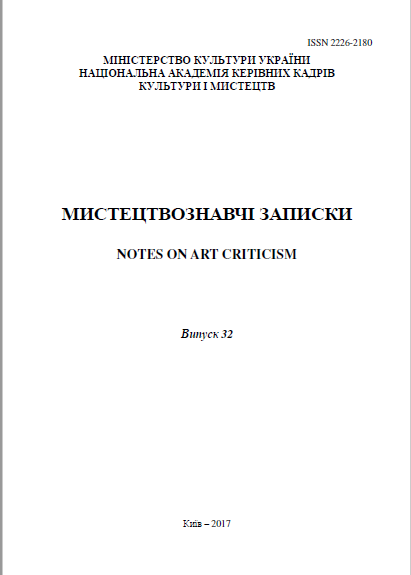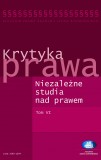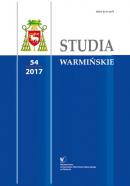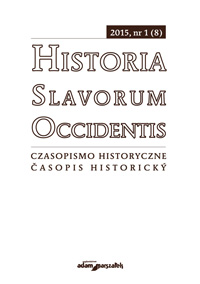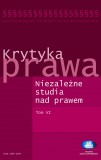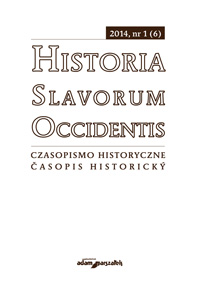Author(s): Nataliia Shvets / Language(s): Russian
Issue: 2/2015
The problem of integration, synthesis of multistyle sources, variety of ways of style trends reciprocity in choir cycle "Twelve choires a cappella for mixed chorus" or. 27, words written by Y. Polonsky, from the point of view of preservation and rethinking of traditions and style synthesis is investigated in the article. The trend of style synthesis, assimilation of models of previous epochs brightly shown in S. Tanieyev’s creative activity, whose potential was shaped and carried out during the period from the late XIX – early XX centuries, explicitly stands out as one of the leading trends in pluralism of styles defined by the turn of centuries, in complicated mixture of various style orientations (search of the new, separation from traditional systems, and, at the same time, strive for balance, compensation, preservation of progressive development of art). The aim of the article is to find out variety of ways style trends reciprocity, style synthesis effectiveness in the author's compositions as the expression of important style processes of the given period. Being a representative of musical romantism in historical sense, S. Tanieyev, at the same time, appealed to models deeply intellectual in music art: Renaissance, barocco, classicism. The search of something new together with assimilation and rethinking of traditions appeared in several aspects of S. Tanieyev's activity. The key point of S. Tanieyev's spiritual world and supreme tradition turned out to be philosophy. There is a resonation with Bach concepts of creative activity, with the problematics of classicism as well as with ethic essence of the Russian religious philosophy of the Silver Age in his reference to massive philosophic and ethic problems, in understanding the need in constant pursuit of ethical perfection, of the themes of complexity and counterpoint of the world, which means the unity of polar and, at the same time, cooperating beginnings of "life – death". Connection with barocco tradition possesses a special place in S. Tanieyev's heritage of chorus compositions. Russian chorus music owes to the author's creation of mastery and extraordinary compositions in different genres – opera chorus, cantatas, certain chorus a cappella, massive chorus. A very important place in composer's activity, in his theoretical concept, is devoted to polyphony – a significant achievement of the Renaissance and barocco. The author’s relying on rhetoric resonates with both barocco traditions and symbolist poetics of the late XIX – early XX centuries. Using music and rhetoric shapes, generalization, conventionalism, whose "eternal meaning" gives them the meaning of an emblem, symbol of certain notions, the compose tried to "decode", "interpret" the deep sense of poetic content, fill a note text with spiritual programme. Textual and compositional structure of Tanieyev's choires are rather difficult, and can be revealed only to those listeners, who are aware of barocco music lexis. The motive of chross – a symbol of chross agony – is emphasized among the most significant ones. It is this very shape which ties chorus cycle on Y. Polonsky's words. Austerity, ascetism, concentration of the motive resonates with the content of the text in those its parts where this music symbol is introduced. Rhetoric sign is included into extremely important, philosophically significant in dramatic sense moment of the cycle. A drawing of a circle (circulatio – turning around) became one of the most intensive and meaningful signs in S. Tanieyev's choires. It is associated with the idea of eternity, incredible beauty and verity in barocco music. In intonation dramatism of choires there can be found other music and rhetoric shapes as well, which are important for the dramatism of the whole. Thus, rhetoric shape anabasis, which denotes the symbol of resurrection in barocco music, appeares mostly in choires apealling to reveal lyrical beginning. Catabasis (a symbol of dying, a sign of sorrow, "putting into coffin" on barocco music) can be seen in the cycle of choires where there is a tense and dramatic beginning. Such rhetoric shapes as passus duriusculus, saltus duriusculus are applied to express mourning, suffering. Due to their fixed and stable semantics these music shapes were turned into "signs", emblems of certain feelings and concepts. Detailed study of means of music expression revealed polyphonism of S. Tanieyev's thinking. His massive chorus cycle became the ideal of reciprocity of different style trends in art, showing the ties between epochs, defining integrity of composer's style.
More...
